Tibet’s allure extends beyond its region, encompassing Qinghai Tibet as well. Despite residing in different provinces, Tibetans share a common language and culture, with three dialects: U-Tsang, Amdo, and Khampa.
The U-Tsang dialect prevails in the western regions of Lhasa on the plateau. Amdo is spoken in the Tibetan regions of Qinghai, Gansu, and Sichuan, renowned for their grasslands and famous horses. Khampa is spoken in Western Sichuan, Diqing in Yunnan, and the Chamdo area of Tibet, renowned for their brave men and enchanting women. Intriguingly, the charm of Tibet goes beyond its geographical boundaries, uniting its people through language, traditions, and stunning natural beauty.
| Regions | GDP Rank | GDP (In Hundred Million ) | Population (Ten Thousand) | Area (sq.Km) |
|---|---|---|---|---|
| Tibet Autonomous Regions | 208 | 3.66 Million | 1.2284 Million Sq Km | |
| Lhasa City | 1 | 741.84 | 86.79 | 29634.01 |
| Shigatse City | 2 | 370.02 | 79.82 | 179902.6 |
| Chamdo City | 3 | 277.8 | 76.1 | 109816.98 |
| Shannan City | 4 | 233.7 | 35.51 | 79253.53 |
| Nyingchi City | 5 | 209 | 23.89 | 114215.1 |
| Nakchu City | 6 | 181 | 50.48 | 352192.31 |
| Ngari City | 7 | 84 | 12.3 | 337174.95 |
The Tibet Autonomous Region is situated in the southwest of the Qinghai-Tibet Plateau. It is globally renowned as the “roof of the world” and “the third pole of the earth” due to its towering altitude. The territory encompasses the highest peak in the world, Mount Everest. Tibet is the origin or path of rivers like the Yangtze River, the Nujiang River, the Lancang River, and the Yarlung Zangbo River. The region boasts a vast expanse of land, breathtaking landforms and abundant resources.
The Qinghai-Tibet Plateau has diverse and beautiful landscapes, including the Himalayas, southern Tibet valleys, northern Tibet plateau, and eastern Tibet alpine valleys. Tibet boasts the most lakes in China, with over 1,500 scattered across the region. These lakes cover approximately 23,800 square kilometres, about 30% of China’s total lake area.
The region has numerous saltwater lakes and few freshwater lakes. The salt lakes are surrounded by abundant pastures where various rare wild animals often gather in groups. Some of the most renowned lakes in Tibet are Namtso Lake, Yamdrok Lake, Manasarovar Lake, Pangong Lake, Basong Lake, and Senli Lake. Many lakes in Tibet hold religious significance, with Namtso, Manasarovar, and Yamdrok collectively known as the three “Holy lakes” in Tibet.
Tibet is not only famous for its awe-inspiring natural scenery but also the primary settlement of Tibetans. Qinghai Tibet Plateau creates a rich splendid national culture, the origin of Tibeto Himalayan Civilization. The region boasts several tourist attractions such as the world heritage Potala Palace, Jokhang Temple, Changtang, and Tanggula Mountain – the source of the Nu River.
Tibetans have tour own unique food culture and eating habits, Yak butter tea, Tsampa, Cheese, and Yak Beef collectively known as the “four treasures” of Tibetan food. Additionally, there are highland barley wine and various dairy products.

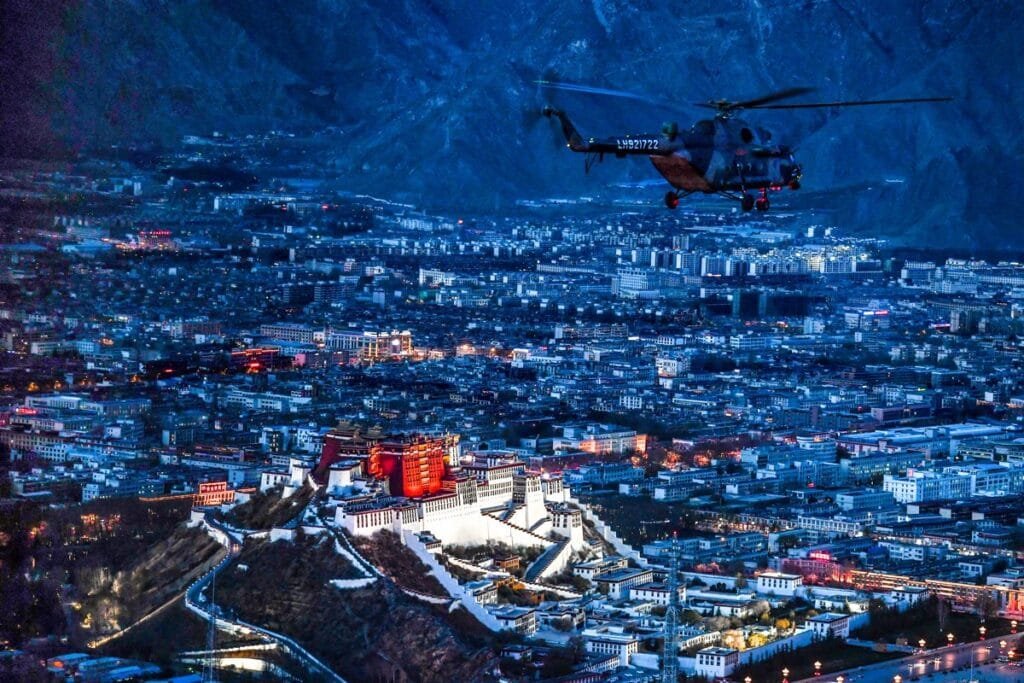
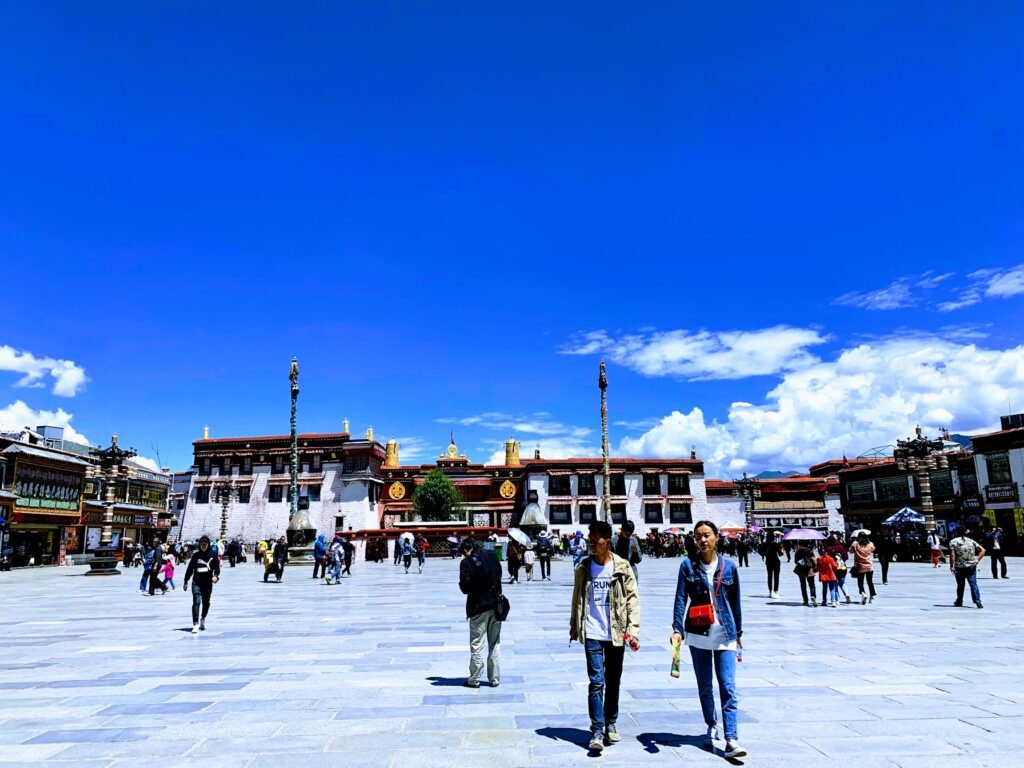
Lhasa is an acclaimed tourist city, celebrated for its cultural and historical significance. Elevated and blessed with abundant sunshine, it has earned the moniker “Sunshine City”. Lhasa is globally recognized for its stunning landscape, rich history, distinct traditions, and religious devotion. The city exhibits a remarkable geological terrain adorned with picturesque locales, historical sites, and diverse ethnic customs. Prominent attractions include Potala Palace, Norbulingka, Barkhor Street, Jokhang Temple, and more.
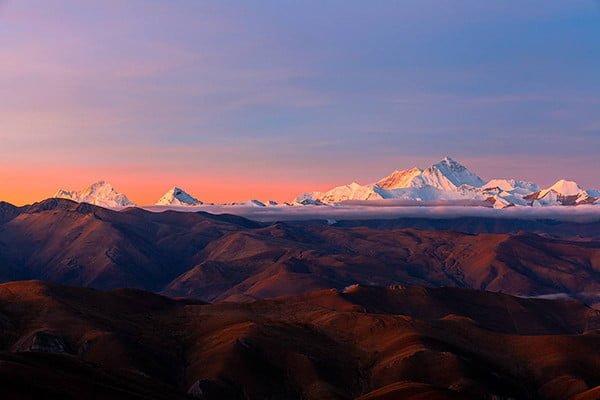
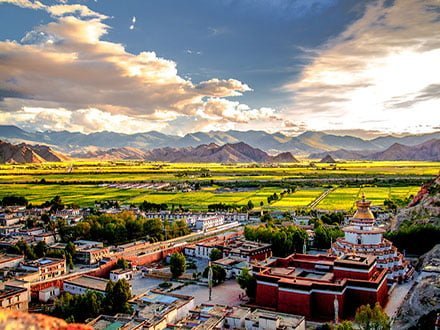

Shigatse means “fulfilled desires”. It has been the residence of Panchen Lama. As the city with the most land ports in Tibet, it has been recognized as a regional hub city under the national “Belt and Road” initiative, and a gateway for connecting with South Asia.
Shigatse boasts of picturesque natural beauty and is rich in cultural heritage, with revered mountains, holy lakes, vast grasslands, renowned temples, and ancient monasteries complementing each other. Visitors can explore famous landmarks like Mount Everest, the highest peak in the world, the Yarlung Zangbo River, also known as the “Polar Milky Way”, Tashilhunpo Monastery, Palkor Monastery, and many more.
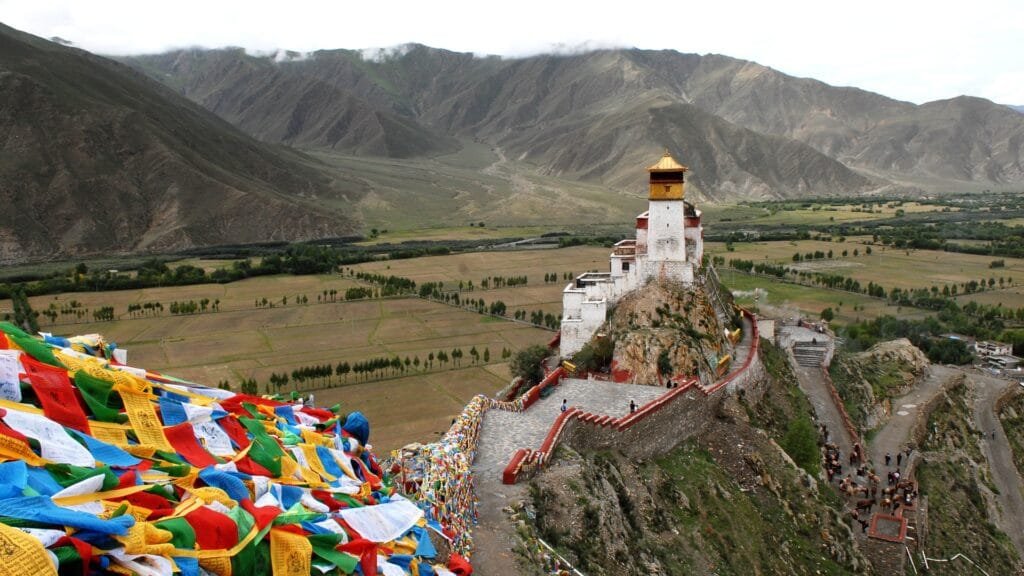
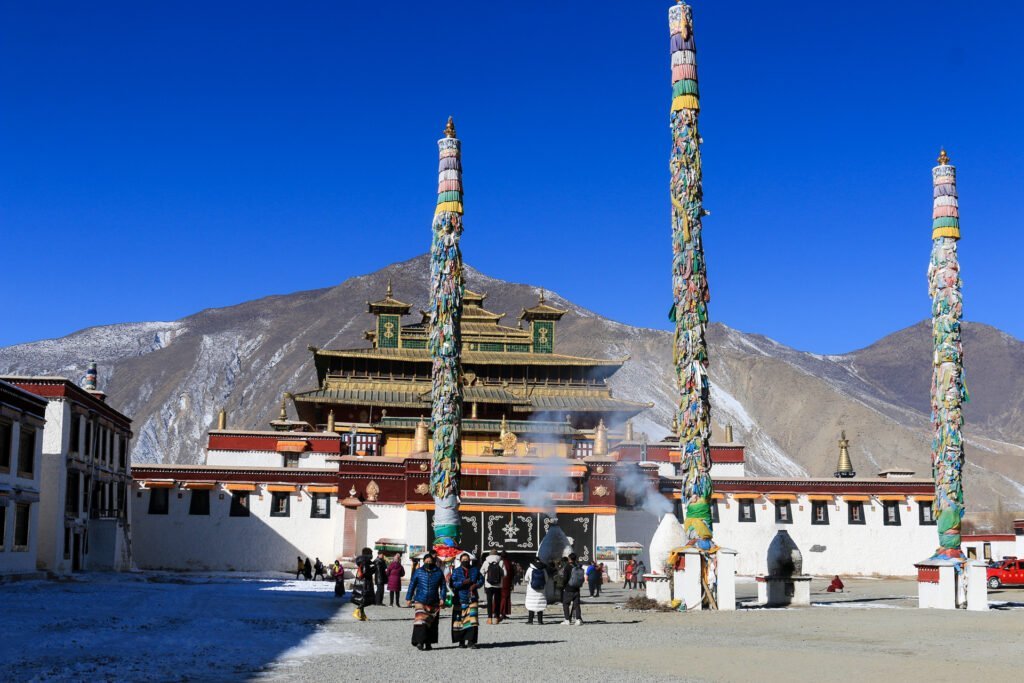
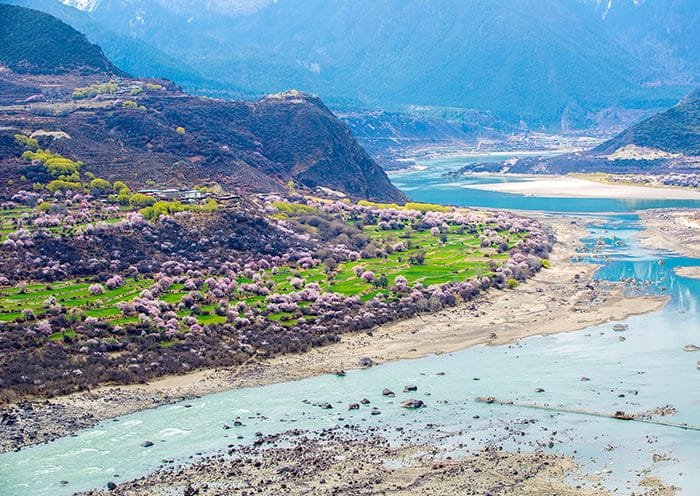
Shannan is one of the birthplaces of the ancient Tibetan civilization. It is recognized as the “cradle of Tibetan national culture” because of its many “firsts”, such as the first farmland, the first palace, the first Buddhist hall, The first scriptures, etc., were all born here. Shannan has a beautiful environment, rich resources, and many scenic spots and historic sites. It has Yamdrok Yumtso, one of the three holy lakes on the snowy plateau, Yalong Tsangpo River, Yumbulakang, Tradruk Temple, Samye Temple and other scenic spots.
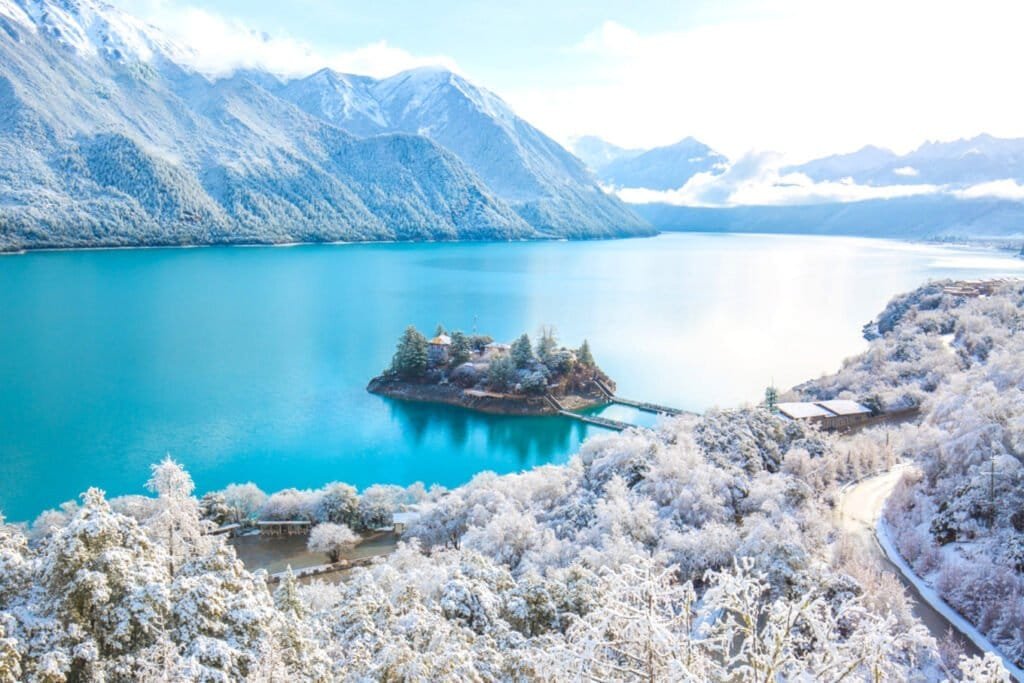
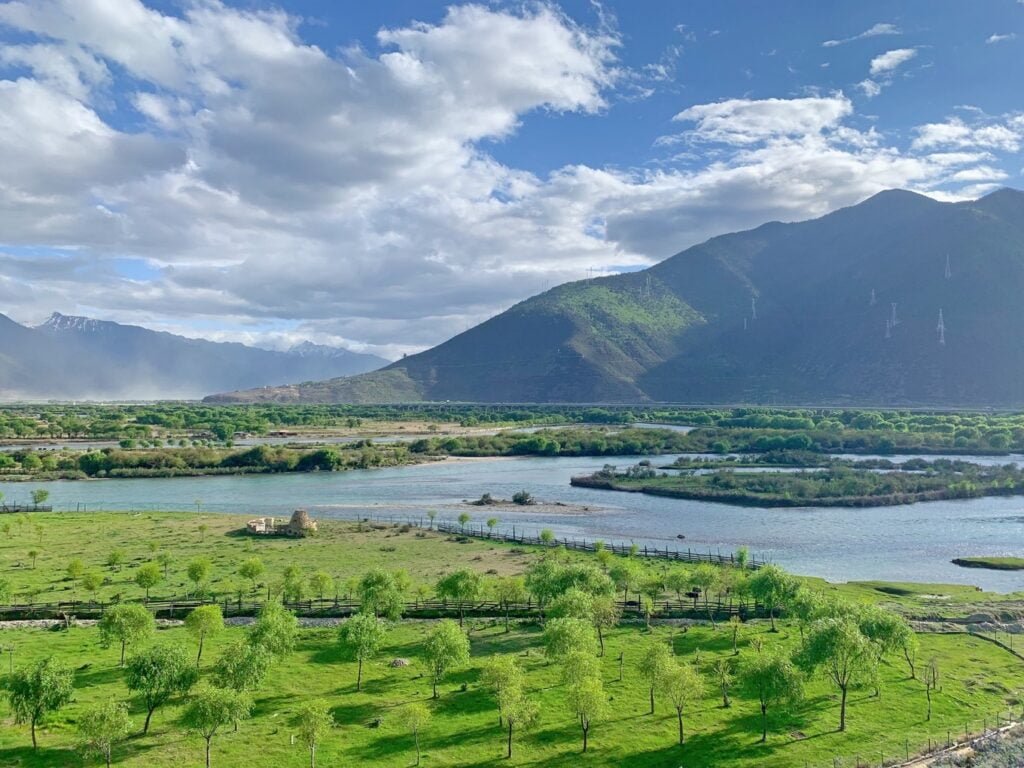

Nyingchi is recognized as one of the origins of early human culture on the Qinghai-Tibet Plateau, and it is an obligatory route from Sichuan and Yunnan to Tibet. Endowed with picturesque views and abundant resources, it is famous for being the “Greenery and Rivers of Tibet”, the “House of Biological Genes”, and the “Kingdom of Flora and Fauna”. It boasts tourist attractions like the Yarlung Tsangbo Grand Canyon, the largest gorge in the world, Basum Tso, Lunanng Forest Park, Peach Flower Village, and the Shoeba Millennium Castle Group.



Chamdo signifies “the junction of water”. Positioned at the crossroads of Tibet, Sichuan, Qinghai, and Yunnan, it serves as the sole point where the Sichuan-Tibet Highway and the Yunnan-Tibet Highway converge, and is also the central hub of the “Ancient Tea-Horse Road”. Chamdo is renowned as the “Pearl of Eastern Tibet” and is the origin place of Kham culture. The region boasts several tourist attractions such as Ranwu Lake, Liuchi Red Deer Nature Reserve, Karub Primitive Village Site, Jambalin Temple, and more.


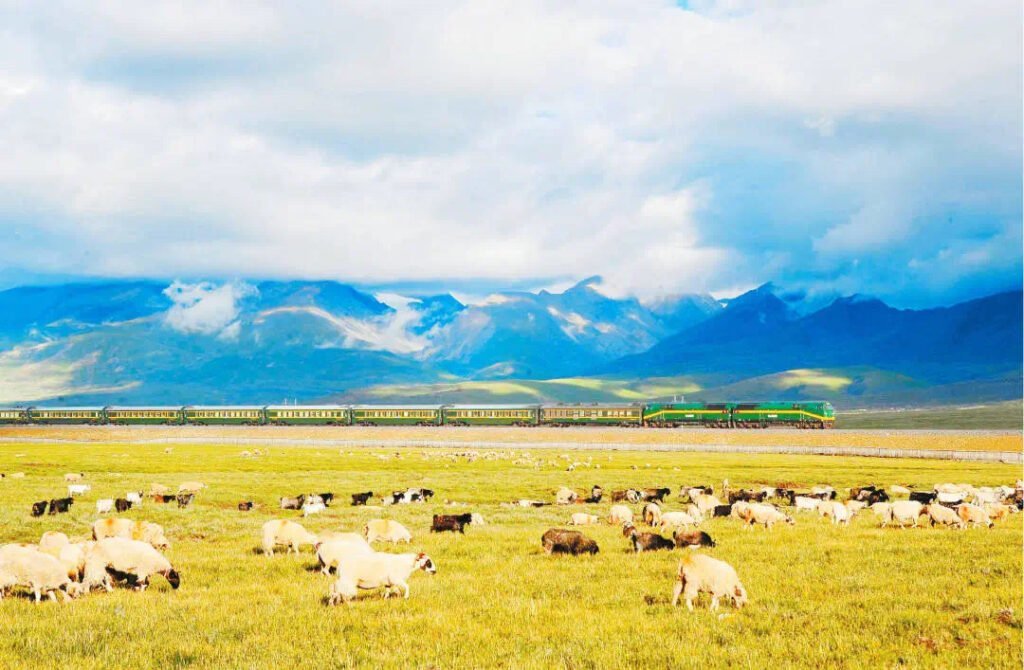
Nakchu, denoting “inky stream” in Tibetan, is called so due to the flow of the Nakchu River through the valley, and it serves as the gateway for the northern part of Tibet to interact with the external world. Situated in the heartland of the Qinghai-Tibet Plateau, Nakchu constitutes the origin of major rivers like the Yangtze River and the Nu River. It is renowned as “the cradle of waterways” and “the reservoir of China”. Tourist attractions such as Tanggula Mountain, Nujiangyuan Scenic Area, Namtso, and Eight Pagodas in the Grassland add to its charm.



Ngari is situated on the southwestern border of China, at the heart of the Changtang Plateau, famously referred to as the “roof of the world”. It is the convergence point for the Himalayas, Gangdese and other mountain ranges, earning it the title of “progenitor of all mountains”. The Yarlung Tsangbo River, the Indus River and the Ganges River all stem from this region, which is why it is also known as “the fountainhead of all rivers”.
Tourists can explore various scenic locations such as Pangong Tso, Earthen Forest Park, Mabam Yumtso, Changtang Nature Reserve, and Guge Kingdom Ruins.
Check our Facebook page
Tibetan regions include Tibet autonomous region, part of Sichuan, Qinghai, Gansu and Yunnan. All regions have their own unique natural and man made beauties.